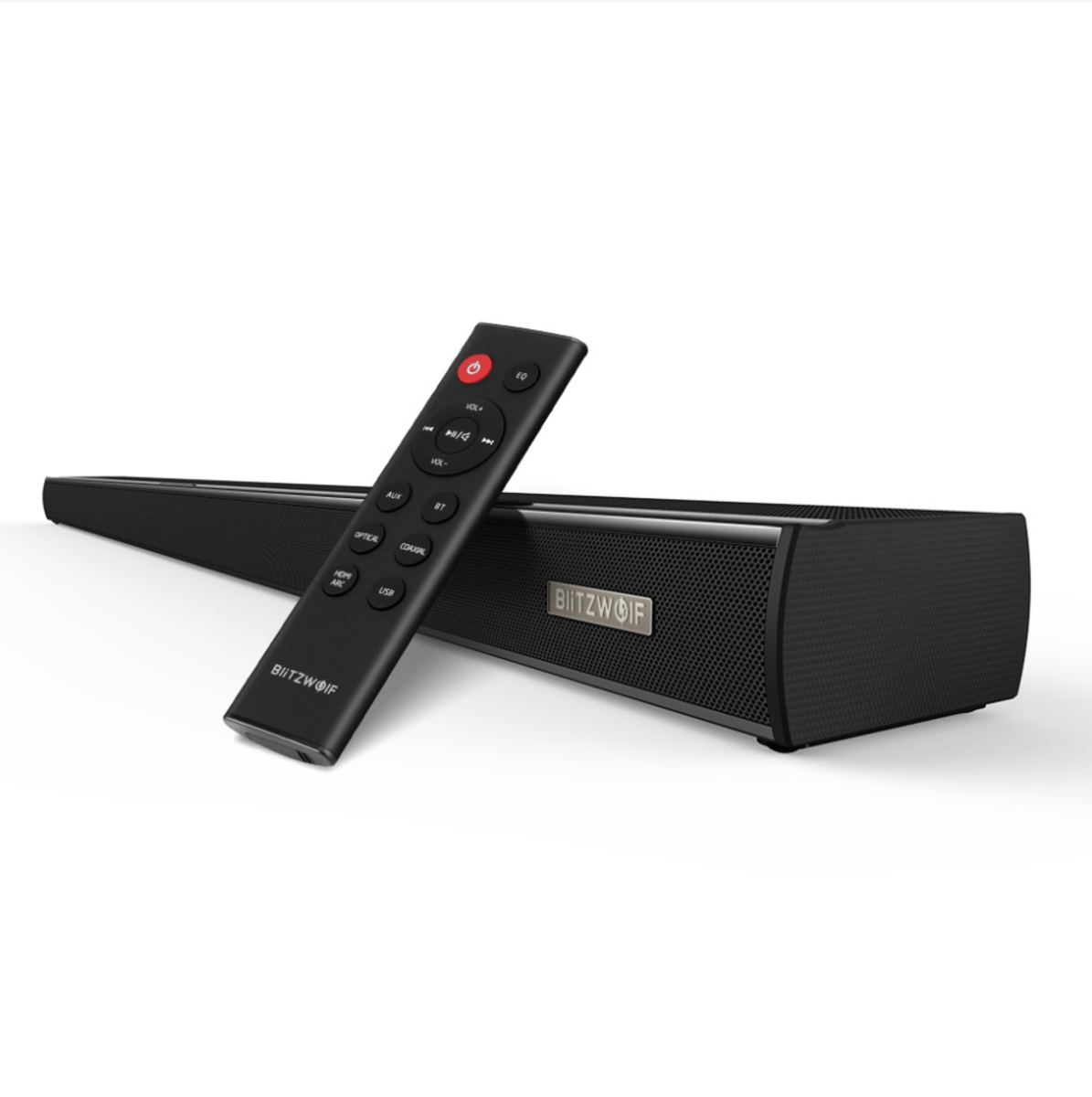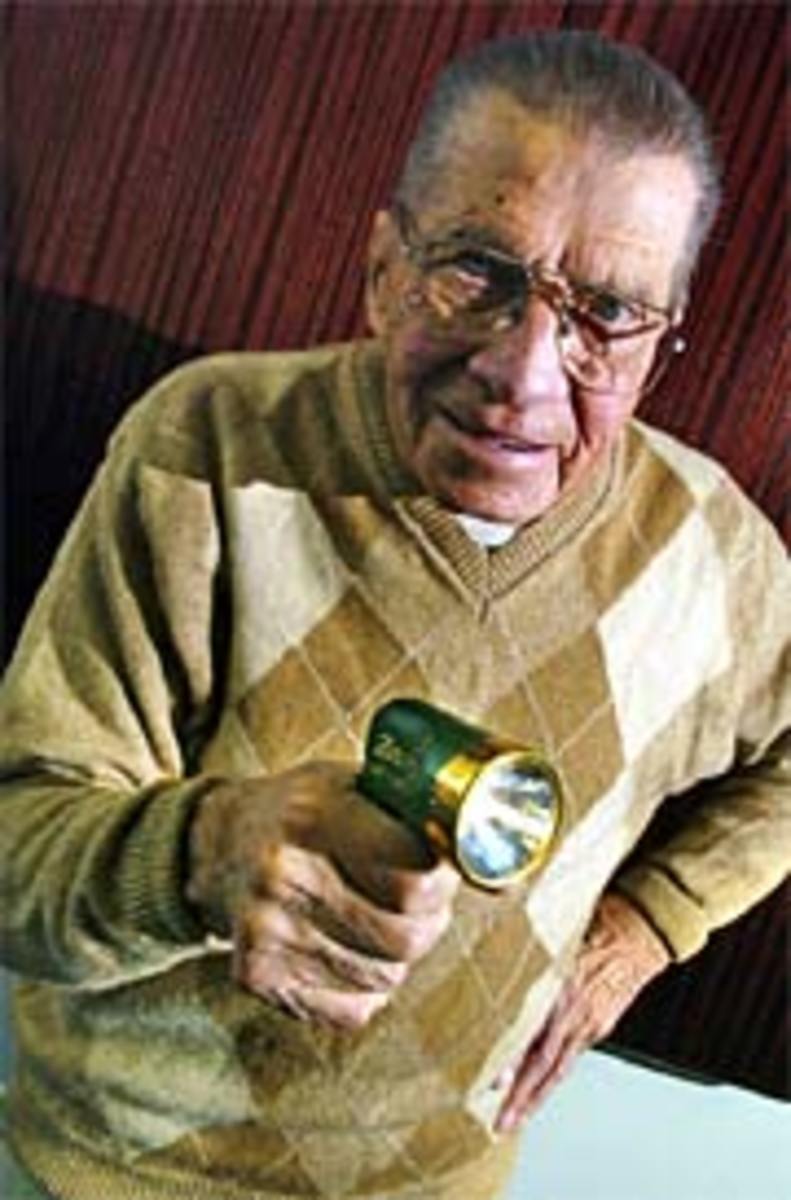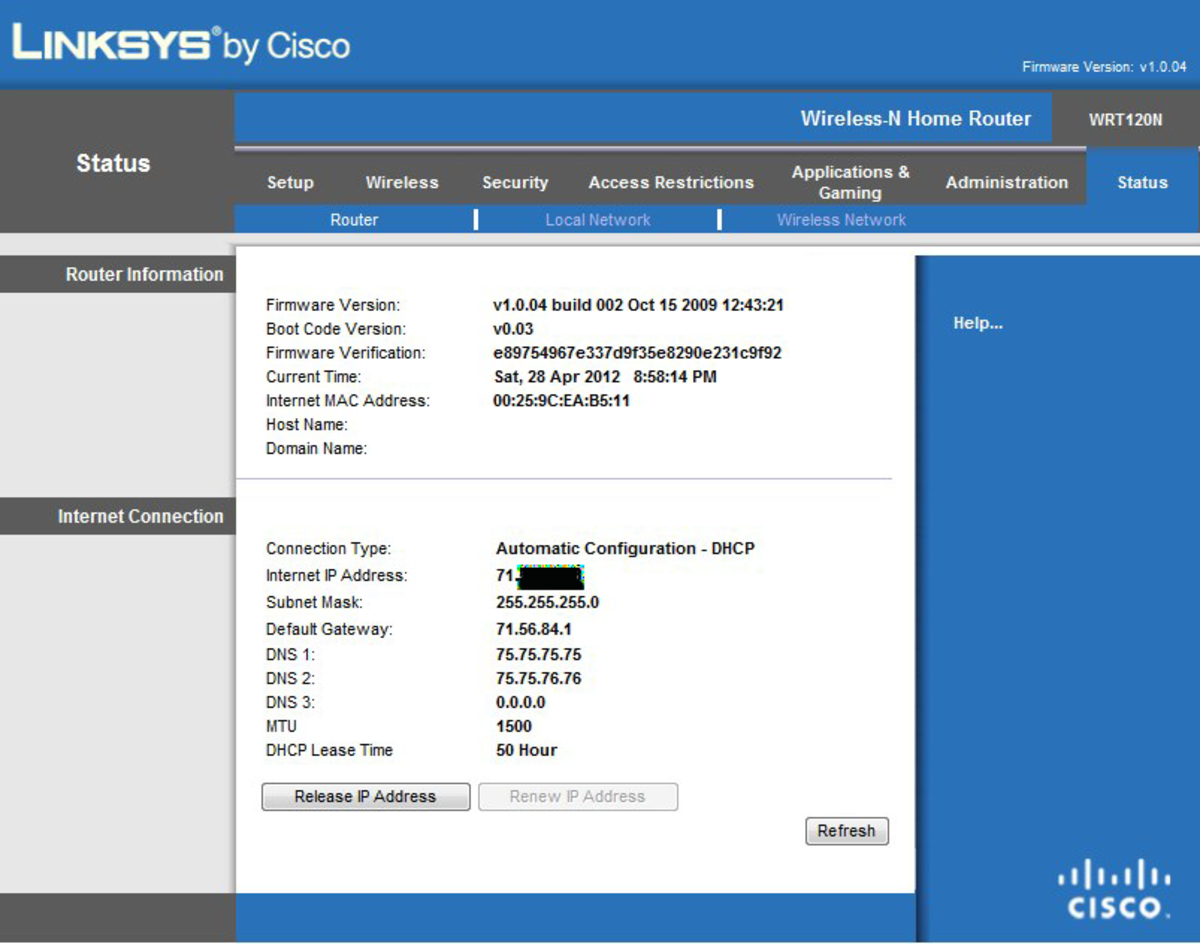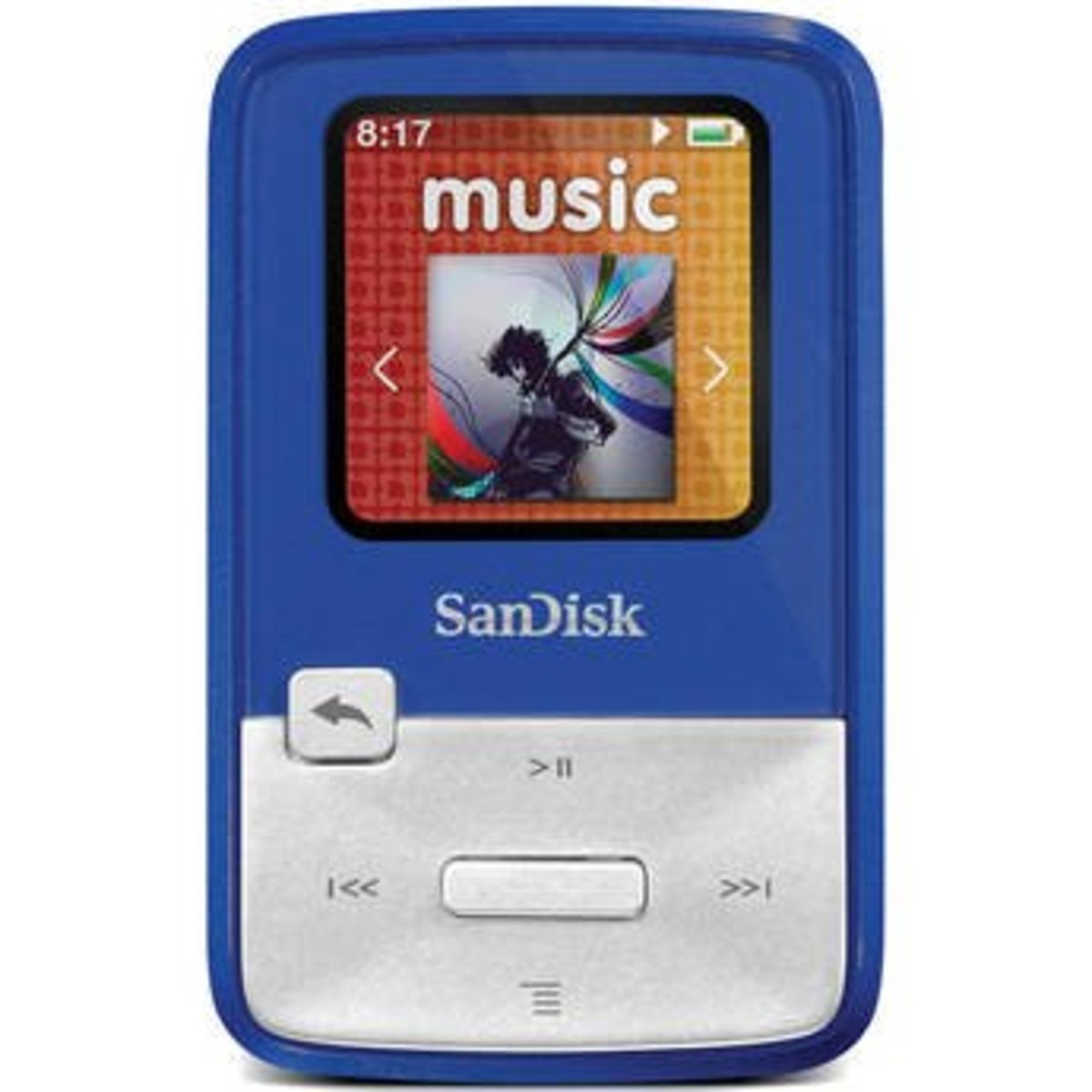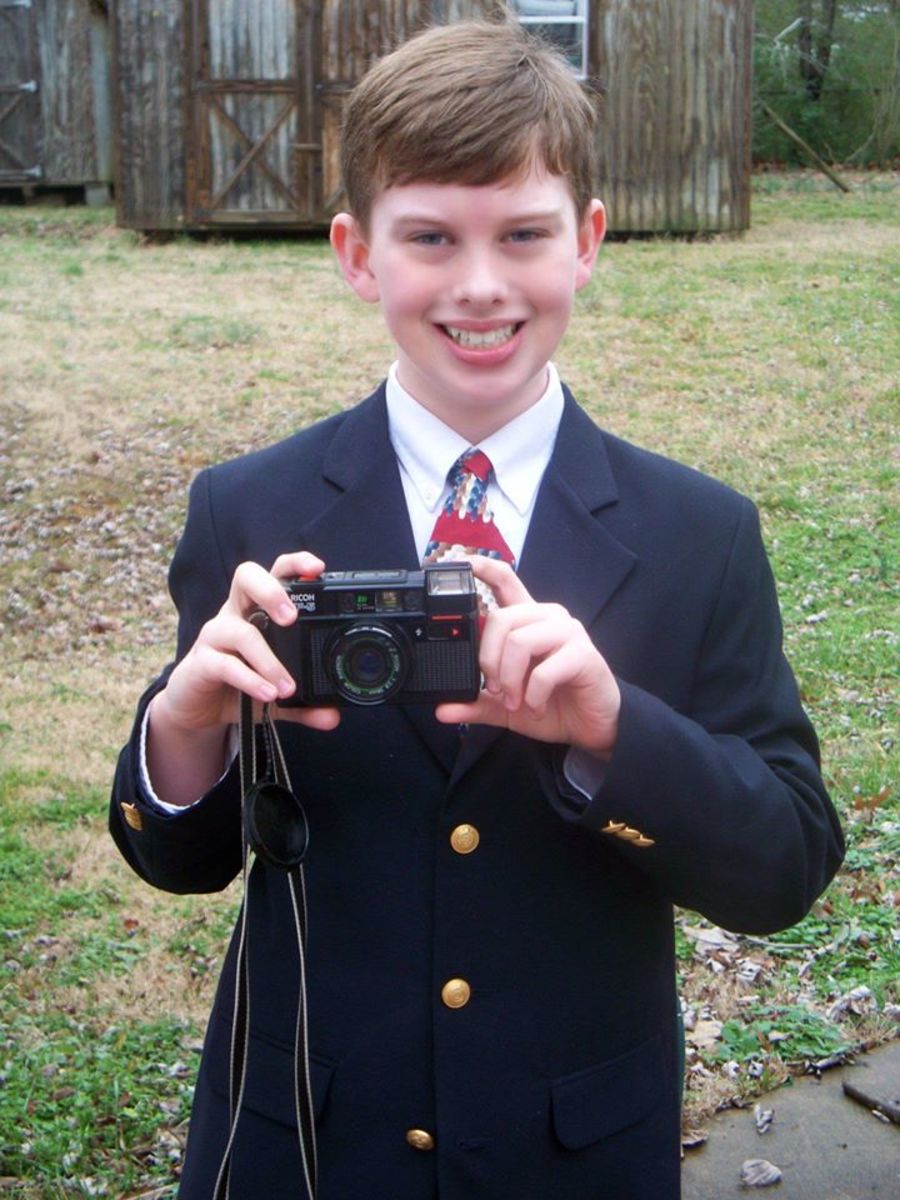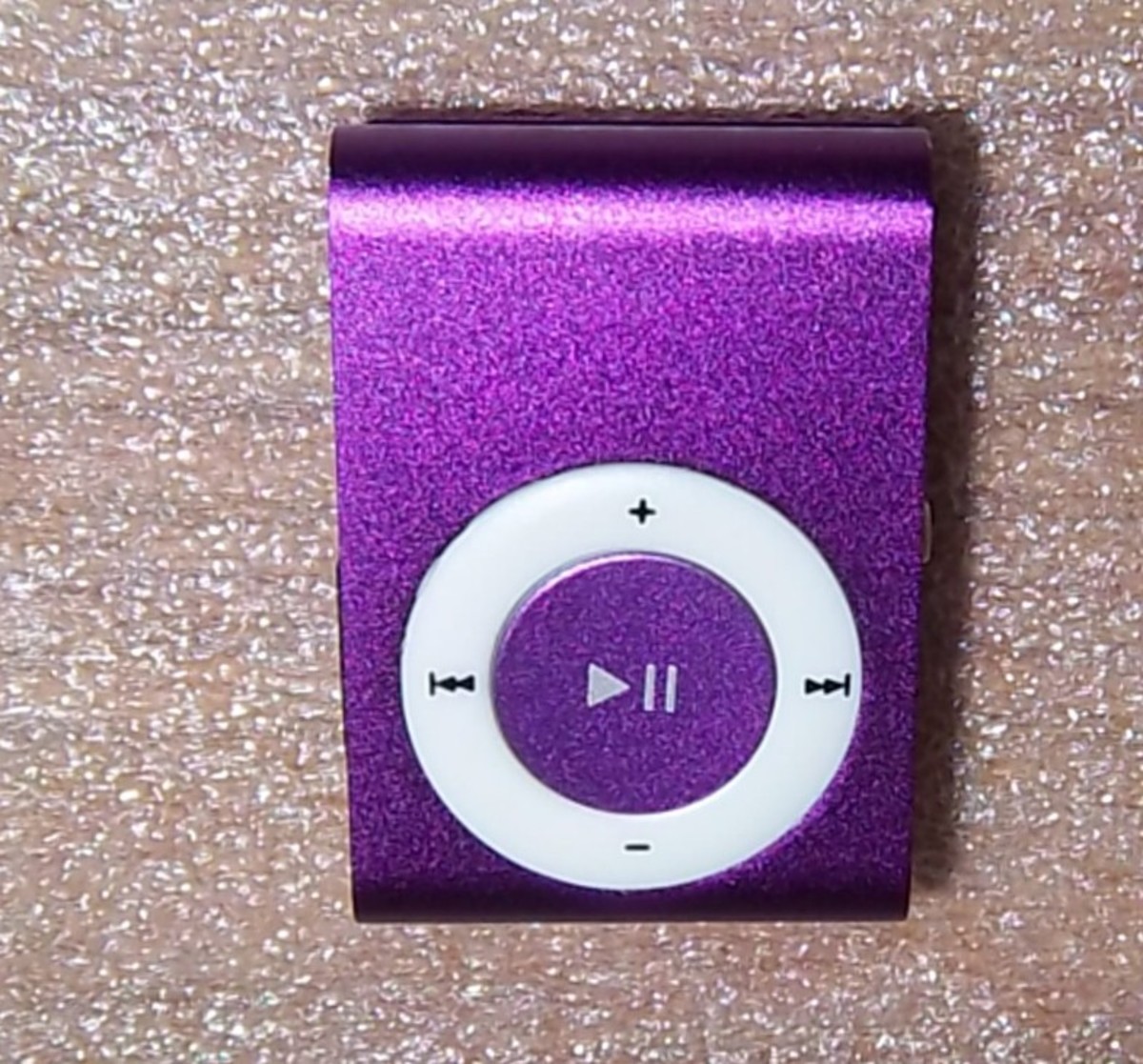Pocket Wizard | Remote Camera And Flash Triggering Device
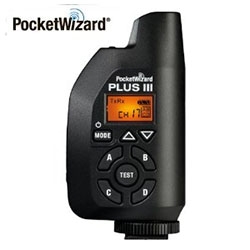
A Unique Wireless Remote Triggering System
As a passionate photographer with an eye for the birds and animals, I spend a lot of wonderful moments looking through the lens of my Nikon D90 DSLR camera. But, could I catch these lovely creatures in amazing poses on digital film, and under low light conditions? The answer has to be, not too often.
The ability to get close up to birds is limited to ones ingenuity and guise. I've never photographed from a hide (but will one day, I expect), so I just rely on setting the camera up as close as possible to where I think the birds are going to land, and go from there. I know this is such a hit-and-miss method, but it works occasionally!
What I needed was a way to fire the camera's shutter and the flash from a remote location, having previously set it up on a tripod in a good position. And wow, didn't I find the exact device to do this, it's called a Pocket Wizard.
But the Pocket Wizard will only trigger the remote flash units wirelessly and not a remote camera's shutter - which is what I wanted. However, after a good bit of research, I found the cable I was looking for to connect the camera to the Pocket Wizard, it's a PocketWizard pre-trigger motor drive cord. I'll elaborate on this useful little cable later on!
Follow me down the garden path, and maybe, just maybe, we'll catch something on camera - because this little device is a wireless wizard.
Image from Amazon.com
Created on 25 Mar 2013

PocketWizard
What is it?
In the late 1980s, somewhere in Burlington, Vermont, an architectural photographer needed a device capable of triggering off-camera lighting on his shoots. He approached LPA Design with his problem, and they developed the FlashWizard radio slave, the predecessor to the PocketWizard.
How it works
It requires a transmitter, which is normally connected electrically through the camera's hot shoe to trigger a remote receiver connected by a PC cable to a remote flash unit.
In 2009, PocketWizard rolled out a couple of new triggering devices specially made for Canon cameras, the MiniTT1 Transmitter and the FlexTT5 Transceiver. A year later the bespoke version for Nikon arrived. Taking off-camera flash is made easy with the simple Slide-n-Shoot system, this is a new ControlTL software platform. All one has to do is slide-in, turn-on and shoot using the new E-TTL and i-TTL capable radio slaves.
Pocket Wizard radios are now the world leaders in the manufacture of wireless control and synchronization of cameras, flash lighting and light meters.
How Does It Work?
Setting up procedure
The Plus III is a radio transceiver, which can act as a transmitter or receiver for triggering remote cameras and flashes. At least two PocketWizard radios are required for wireless triggering. It can be connected to virtually any remote flash or camera using the proper cable.
When I first looked into these units, I thought you only needed one Pocket Wizard, so only bought one unit thinking that it only had to be positioned on the flash unit alone and not the camera. But I soon found out that you needed as many Pocket Wizards as you have remote devices - I ended up buying three, so I'm ready to go with either:
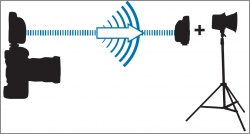
1. One on the camera and one on each of my two Nikon Speedlite flashes.
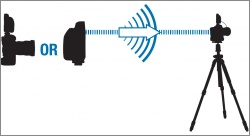
2. One on the camera, one a Speedlite flash and the third handheld to trigger the camera's shutter remotely.
The Plus III is a manual flash trigger, which is compatible with all other PocketWizard radios operating on the same frequency. It can transmit and receive on Standard Channels, but not the ControlTL Channels that are used by some other radios for TTL flash and power control.
Connections
The Pocket Wizard Plus III is connected to your camera via the hot shoe - this will then be your transmitting radio. Connect a Plus III to each of the remote flashes you're using with the appropriate sync cable - these will be the receiving radios.
If you're using a camera that has no hot shoe, or the hot shoe cannot be used, you can connect from the Flash/Camera Port of the transmitting Plus III's directly to the camera's sync terminal.
Find the correct camera cable
Operation
Ensure batteries are properly installed.
To turn on the Plus III, hold down the Power/MODE Button for around two seconds. The Status LED will blink green every couple of seconds, this indicates normal operation. It blinks red in sync with a trigger.
Hold down the Power/MODE Button for around two seconds to turn off your Plus III.
Channels and Zones
The Plus III has to be on the very same channel as other Pocket Wizard radios. The channels can be set using the Plus III's Channel Up/Down Buttons.
Channels 1-16 allow the Plus III to communicate with previous Pocket Wizard versions, such as the Plus II. While using Channels 17-32 gives you more flexibility with your lighting control, as you can select either of Zones A, B, C, and D, meaning you have 4 lighting groups per channel.
Graphics credit: PocketWizard.com
Useful Flash Related Gadgets


Typical Pocket Wizard Setup - Operates like a dream!
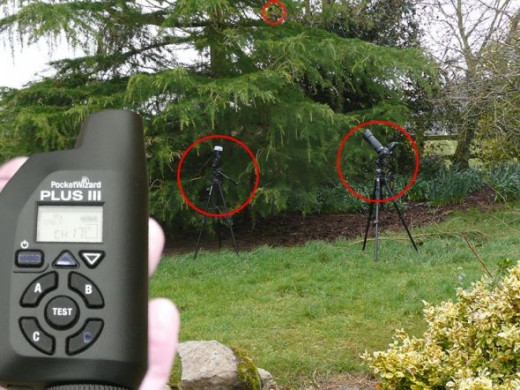
This is a simplified setup on how to use Pocket Wizards (PW).
The bird to be photographed is circled at the top of the image. On the left of the picture, the Nikon SB-900 flash unit, mounted on a lightweight tripod, is attached to a PW Plus III with the appropriate sync cable (this cable and one other comes with the PW). [see inset below]
On the right of the picture, my Nikon D90 DSLR camera has a PW Plus III mounted onto its hot shoe. [see inset below]
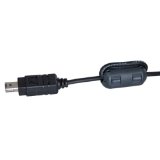
Should you wish to do this with your own make of camera, check the Pocket Wizard cable finder for the correct cable for your camera.
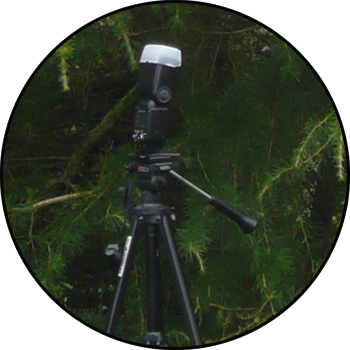
The Pocket Wizard hangs by the tripod legs and is connected by a sync cable.
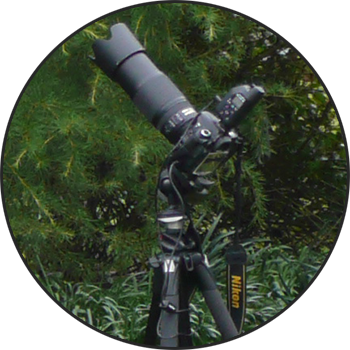
The motor drive cable can be seen connecting the camera to the Pocket Wizard.
Images by Rob Hemphill
Find which connector cable you need for your camera and/or flash equipment.
Cable Finder

About Pocket Wizards
- How to remotely trigger a Nikon camera using a PocketWizard FlexTT5 and PocketWizard MiniTT1
Have a look at this to see why Pocket Wizards are so fantastic. They allow you so much flash creativity. - PW TV: Video Answers to your technical questions
Get the most out of you PocketWizard radios. PW TV have a bunch of experts, their our own tech support staff; who will try to help you find the answers to your technical questions.
Photography Lighting Books


Pocket Wizard Features
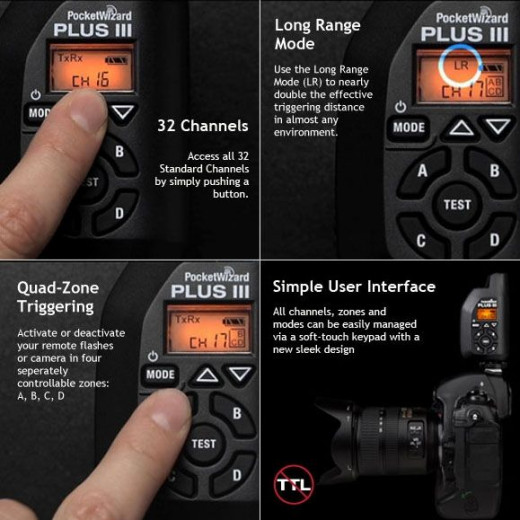


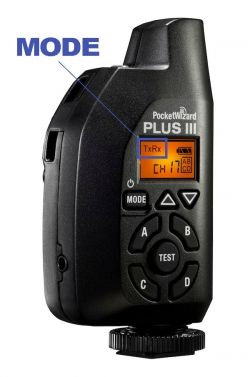
Pocket Wizard MODES
A variety of modes allows you to tailor the unit to suit your required function:
TxRx: Transmit and Receive - A standard transceiver mode, this is probably the setting you'll use most of the time when you're shooting with off-camera flash.
Tx ONLY: Transmit Only - All receiving functionality is disabled in this mode enabling you to use the Plus III only to transmit. Tx Only is best used when sharing the airspace with other photographers to prevent accidental triggering of the Plus III on your camera.
Rx ONLY: Receive Only - All transmitting functionality is disabled in this mode. Use it when you're in an area where there are multiple photographers and/or flashes operating. This prevents any remote Plus III's from carrying out relay functions when mounted on the hot shoe of another camera.
LR: Long Range - This mode greatly increases the maximum range of a radio within a given shooting environment. By using this mode, it's possible that there may be a slight X-sync speed reduction.
RP: Repeater - Automatically repeats and re-transmits any triggers received on the selected channel. This mode can be used to extend the working distance with flash or remote cameras when one or more Plus III's are placed between the camera or flash and the transmitting radio.
HSR: High-Speed Receive - This mode allows for triggering of remote flashes at higher frames per second (fps), and so minimizing the contact time of the flash/camera port, by up to 14.5 fps, this is remarkable!
Fstoppers Pocket Wizard Review
The Nikon Creative Lighting System

Pocket Wizard - Remote Camera Control
Dedicated flash or the camera's own flash?
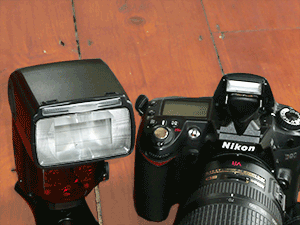
Do you use a dedicated flash or the camera's own flash?
A few pictures taken by using
Pocket Wizard Plus III's
and
camera trigger
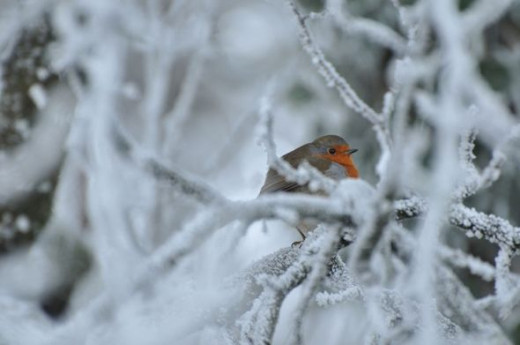
Photo by Rob Hemphill

Photo by Rob Hemphill

